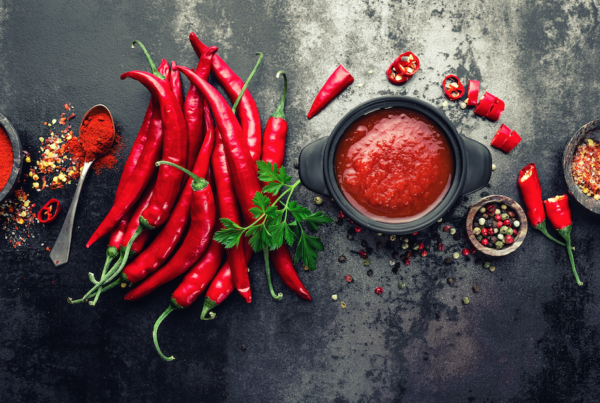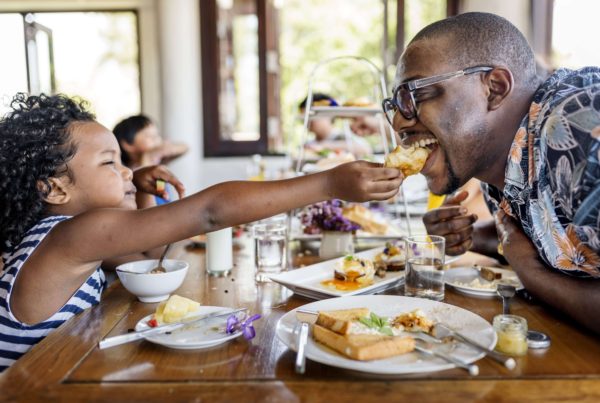In the previous story, I analysed the way our brain stores our experiences and mentioned that we can influence our reality ourselves, by having specific expectations on what we are about to experience.
In an experiment at Duke University, students were asked to taste two glasses full of beer and then choose which of the two they would like to keep. Both glasses contained exactly the same lager beer, only in one of those, researchers had added some balsamic vinegar. Half of the participants were aware of this difference before trying, while the others never learned. What do you think happened?
As you would expect, none of those who knew the difference chose the glass containing balsamic vinegar. Indeed, most of them felt a lot of aversion, commenting on its sour taste. The interesting thing though, is what happened to those who did not know anything about the vinegar. Most of them chose to keep the beer with vinegar! According to their statements, both taste and color referred to a trappist beer, clearly of superior quality and special flavour. Nobody mentioned that the beer was sour!
We often have the illusion that our brain manages all available information and that we make decisions in absolute objectivity. But the truth is that in order to manage all the stimuli we receive at any time, our brain creates “shortcuts”. If something has vinegar it will definitely be sour, if something has sugar it will be sweet, etc. And that’s not just about taste, but touches all our senses. If a bathroom smells bleach or lemon, it will be clean. If the price of a product is 9.99 euros, it will probably be an amazing opportunity. Isn’t that right?
There is no absolute sense – taste, smell, touch, even vision. Our sensory organs simply carry information to the brain and in most cases are incomplete. In order to deal with them quickly, our brain combines incoming information with past information that is “readily available” in our memory from past experiences. And this is how the reality we are experiencing is actually created.
So, next time you think of running “blind tasting” to evaluate your product, think twice. The results you will get, in the absence of all the other stimuli included in the wider context (ie. packaging), will have nothing to do with what the consumer will actually experience. On the other hand, consider the possibilities that this opens for you to shape your customer’s reality!









